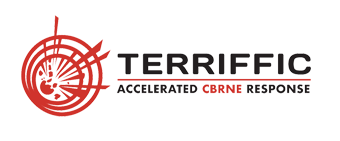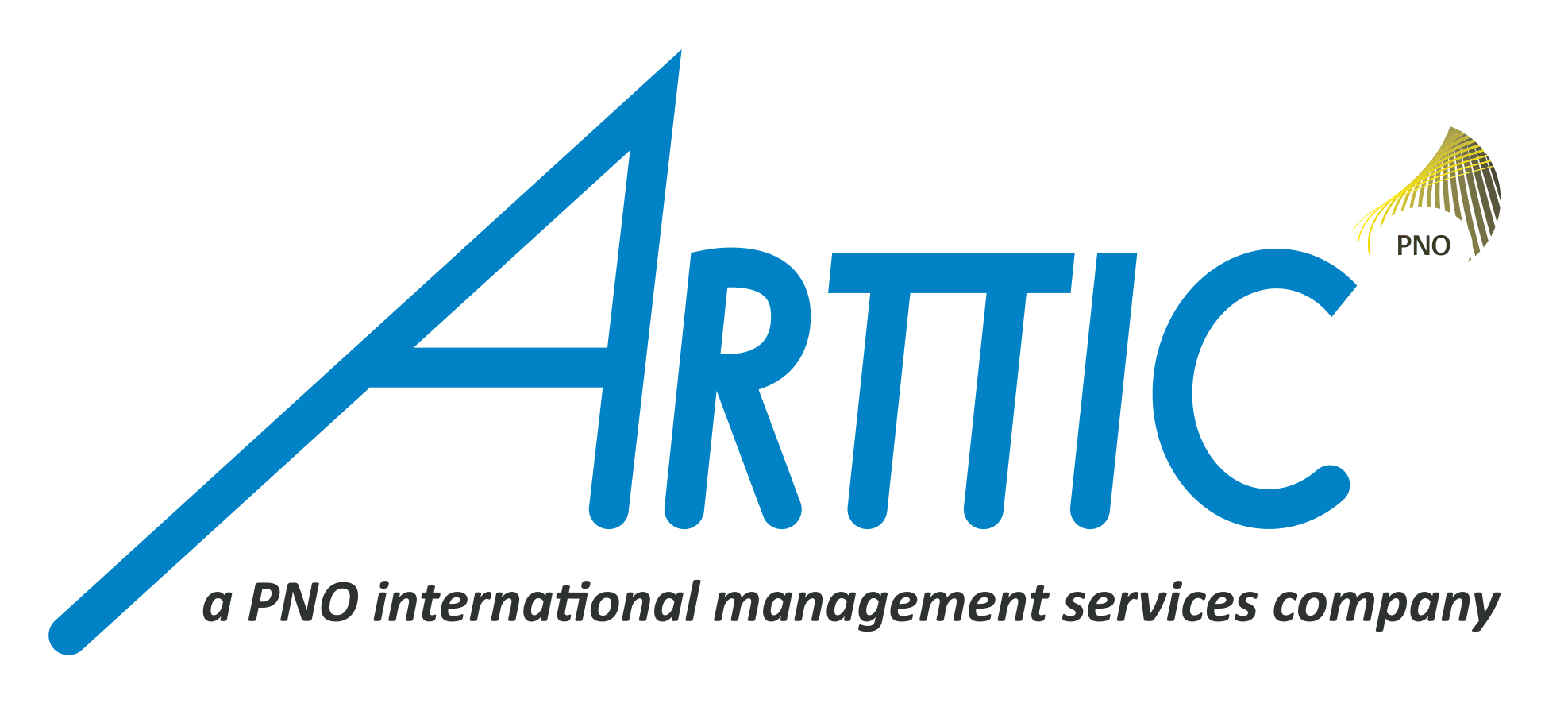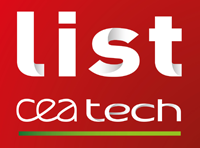TERRIFFIC Project Partners
ARKTIS Radiation Detectors is the project coordinator and the technology partner providing low cost, modular silicon photomultiplier based gamma and neutron detectors. ARKTIS’ roles include the integration of detection technologies into systems along with developing an interface that will allow data to/from ARKTIS’ mobile radiation detection system MODES to be transmitted using CBRNe communications standards. This enables the MODES van to perform as a tactical information system or a sub-component of a centralised command and control centre.
The contribution of NEXTER Robotics (subsidiary of NEXTER Group) focuses on unmanned ground vehicles (UGV). NEXTER will adapt the UGVs so that that they can operate the selected RN detectors (especially Gamma-Camera and Gamma-Detector). Detectors can also be mounted on a manipulator arm to increase their efficiency. NEXTER will provide autonomous exploration capability and autonomous search of contaminated threats inside global areas pre-defined by supervision software (and outputs from PLUME).
AERACCESS will provide drones for the mobile detectors component of the project. AERACCES will focus on a customised interface with the newly designed payloads and the connection to the TERRIFFIC system, enabling precise and real-time information for the first responders’ team.
Bruhn NewTech is a company specialising in products for CBRNe management with over 25 years’ experience of delivering this capability to the military for all NATO and Partnership for Peace (PfP) countries. Bruhn NewTech will provide CBRNe products and product enhancements to the project.
Project Management Partner ARTTIC is a management services company, specialising in international R&D collaboration, with 30 years of expertise in European research programmes. ARTTIC will support the project management, communication, dissemination and exploitation activities of TERRIFFIC.
International Security and Emergency Management Institute (ISEMI) will provide expertise in practitioners’ needs assessment, testing and evaluation (including the preparation of methods) and training (preparation, development or design of training materials as well as actually conducting the training itself).
TL & Associates will bring the knowledge of its RNe experts to specify and consolidate the technical specifications. It will also assess the developments work by developing the necessary evaluation and training tools using virtual reality technologies. TL & Associates will contribute to the dissemination activities, linking with its network of end users and publishing and presenting the evaluation results to the RNe community.
Luxembourg Institute of Science & Technology (LIST) will contribute to the Mixed Reality Software Development, Requirements Capture and User Evaluation and Testing. LIST will also develop and test the mixed reality platforms developed during the project.
The French Alternative Energies and Atomic Energy Commission (CEA) is a worldwide reference research institute with expertise in the development and industrialisation of systems, dedicated to the monitoring of the RN threat. Within the project, CEA will develop an Ultra Compact Gamma camera for radioactive source localisation and a beta contamination measurement system able to work in a high gamma background.
École Centrale de Lyon (ECL) is expert in numerical atmospheric dispersion: plume modelling, inverse dispersion modelling, detectors network optimisation. This expertise is based on the background of the academic research laboratory LMFA in the fields of environmental fluid mechanics and numerical simulation. ECL will develop the algorithms and software used to predict from measurements the location of the source and then the location of the pollutant’s plume and the 3D characterisation of the contaminated area.







